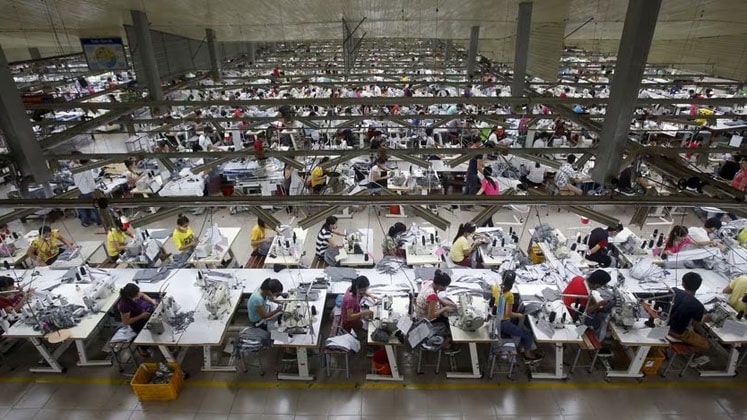
The strain on Vietnam’s garment and footwear manufacturers is intensifying due to tighter US regulations banning imports from China’s Xinjiang; the industry has already lost roughly 90,000 jobs since October in the global manufacturing hub as demand declined.
According to a Reuters analysis of official US data, Vietnam has been the hardest hurt among garment exporters by the Uyghur Forced Labour Protection Act (UFLPA). Companies must demonstrate that they do not employ raw materials or components made with Xinjiang’s forced labour under the law, which has been in effect since June.
The US crackdown hurts since it comes on top of a decline in apparel demand from wealthier countries, which has already affected Southeast Asian manufacturing output and exports from the region, a major supplier to well-known brands like Gap, Nike, and Adidas.
According to US customs data up to April 3, more than 80 per cent of the US $ 15 million worth of apparel and footwear shipments held up for UFLPA checks were from Vietnam, and only 13 per cent of its cargoes were cleared for entrance.
Although many American importers remain sanguine, their supply chains may still be affected because, according to the nation’s industry association, about half of China’s input materials are used by Vietnam’s apparel manufacturers.
Given that the sanctions have grown dramatically in the early months of this year, the value of shipments from Vietnam that have been barred from entering the United States exceeded US $ 2 million, which is three times that of exports from China.
Weaker demand has caused the country’s second-largest employer after agriculture, the manufacturing sector, to shed nearly 3 per cent of its 3.4 million workers since October. This has slowed growth and led to a drop in exports of 11.9 per cent and a decrease in output of 2.3 per cent in the first quarter of this year compared to the same period last year.
Approximately one out of every three pairs of shoes that Nike and Adidas sell worldwide, as well as 26 per cent and 17 per cent of their apparel, are made in Vietnam.
Nevertheless, despite Vietnam continuing to be its primary manufacturing hub, Nike has significantly decreased its apparel and footwear production there, according to its most recent annual report, which was updated to May 2022.






